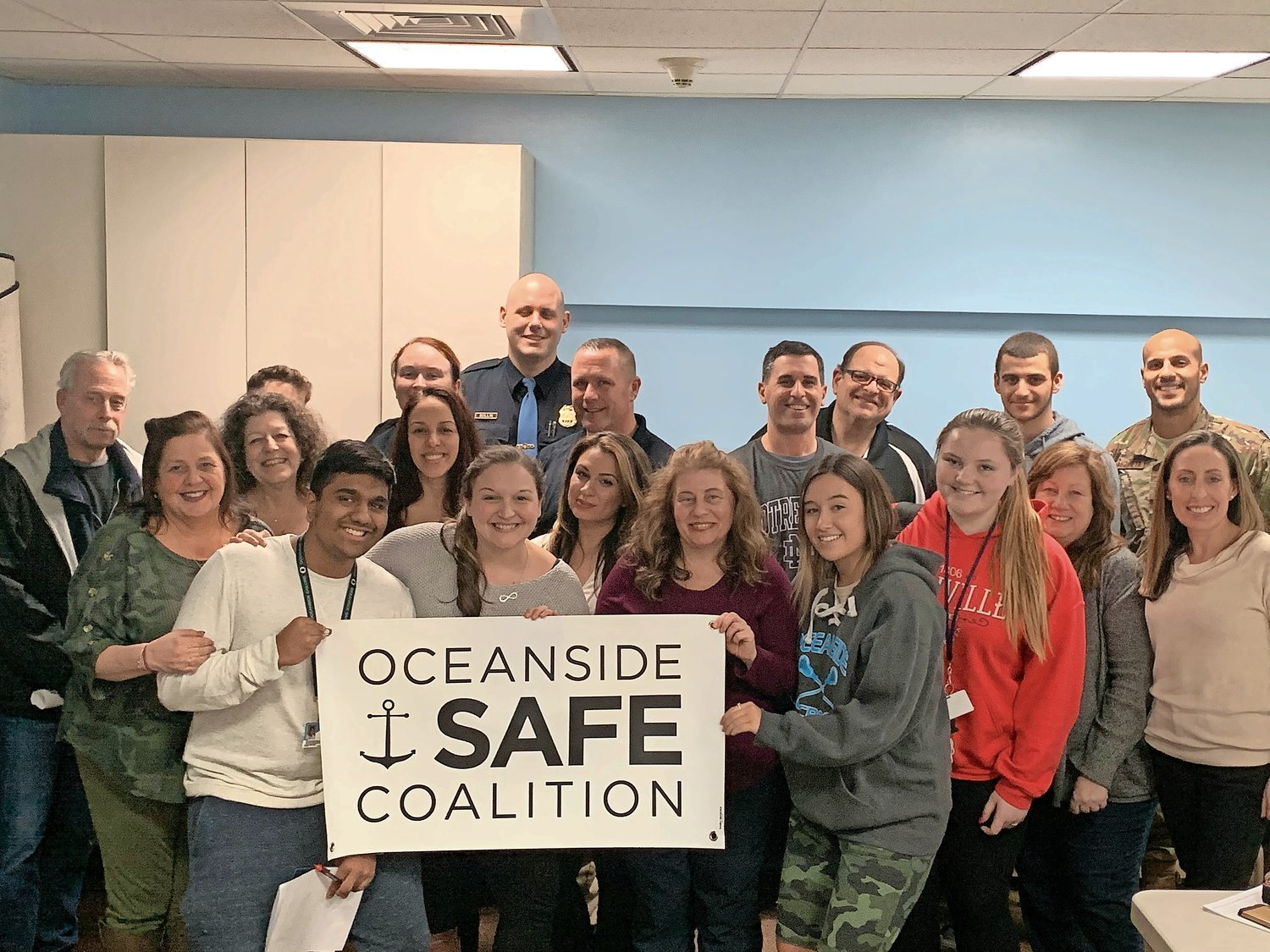Oceanside SAFE Coalition aims to curb youth substance abuse
After Hurricane Sandy decimated the eastern seaboard, alcohol sales surged. The same happened when the coronavirus hit American shores, but unlike the hurricane, this crisis has no end in sight. This was cause for concern for Alison Eriksen, the project and grant coordinator of the Oceanside SAFE Coalition. The Long Island-based community organization stands for “substance abuse free environment,” and is dedicated to curbing substance abuse among minors.
“Are we spreading the message to young people that alcohol is the way to cope?” Eriksen asked.
Sarah Downer, the Oceanside SAFE Coalition chair and a high school health teacher, emphasized the importance of this demographic when battling issues like addiction. “We aren’t telling adults they can’t drink,” she said, “but we’re afraid that kids are witnessing people cope with substances, and we don’t want to teach that to our kids.”
Drug abuse didn’t start nor stop with Covid-19. According to researchers at John Hopkins University, listed as one of the resources on the coalition’s website, 26 percent of eighth-graders said they have had an alcoholic drink within the last year. By 10th grade, the number skyrockets to 47 percent, and by college, it reaches 79 percent of youth. Moreover, the Centers for Disease Control and Prevention found that 19 percent of high school aged students had used marijuana in 2017, it’s most recent dataset.
That’s why, at the behest of State Sen. Todd Kaminsky, Downer and Eriksen formed the Oceanside SAFE Coalition in 2015.
“Our surveys indicate underage drinking and marijuana are what we should be focusing on,” said Downer, who also noted the increasing prevalence of vaping.
Now, the group has spent its first year with formal funding pursuing their goals, building alliances and spreading awareness about substance abuse among young people. It’s secured $125,000 in funding for up to five years, where it’s been put to good use hosting a virtual wellness week, organizing a “Project Sticker Shock” to promote their cause with local businesses and hosting an advocacy training seminar for local students to speak with Kaminsky.
The primary goal of the group is ensuring the health and wellness of young people in Oceanside. Downer and Eriksen noted that they were appreciative to have a supportive school district — and the support of the kids they serve.
“We have a lot of the youth really helping us with youth with this initiative,” Downer said.
For parents in Oceanside interested in learning more about substance use among youth or in finding help for a young person they know, Oceanside SAFE has compiled a list of helpful resources on its website, oceansidesafe.org.

 63.0°,
A Few Clouds and Breezy
63.0°,
A Few Clouds and Breezy 




